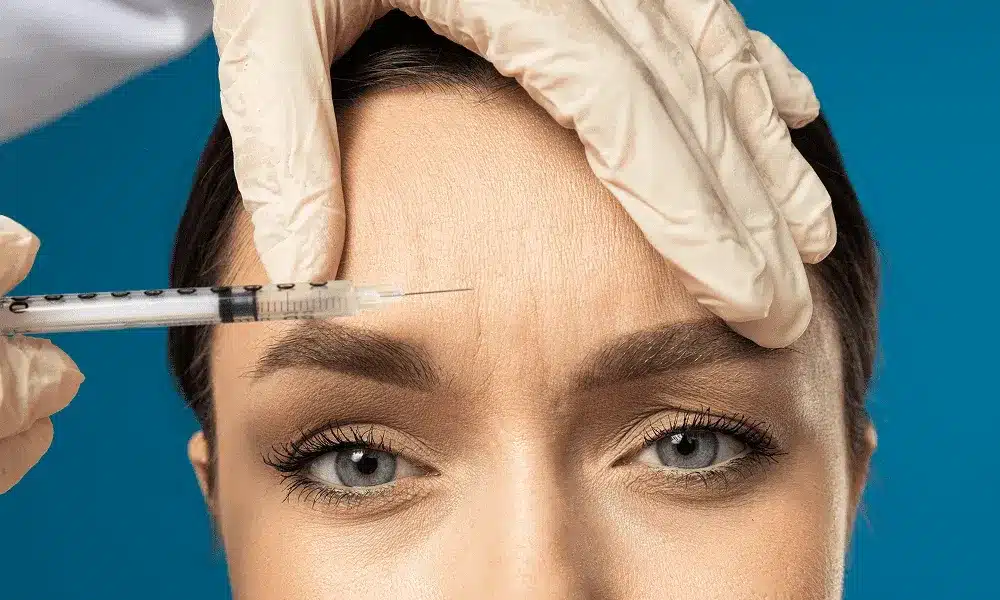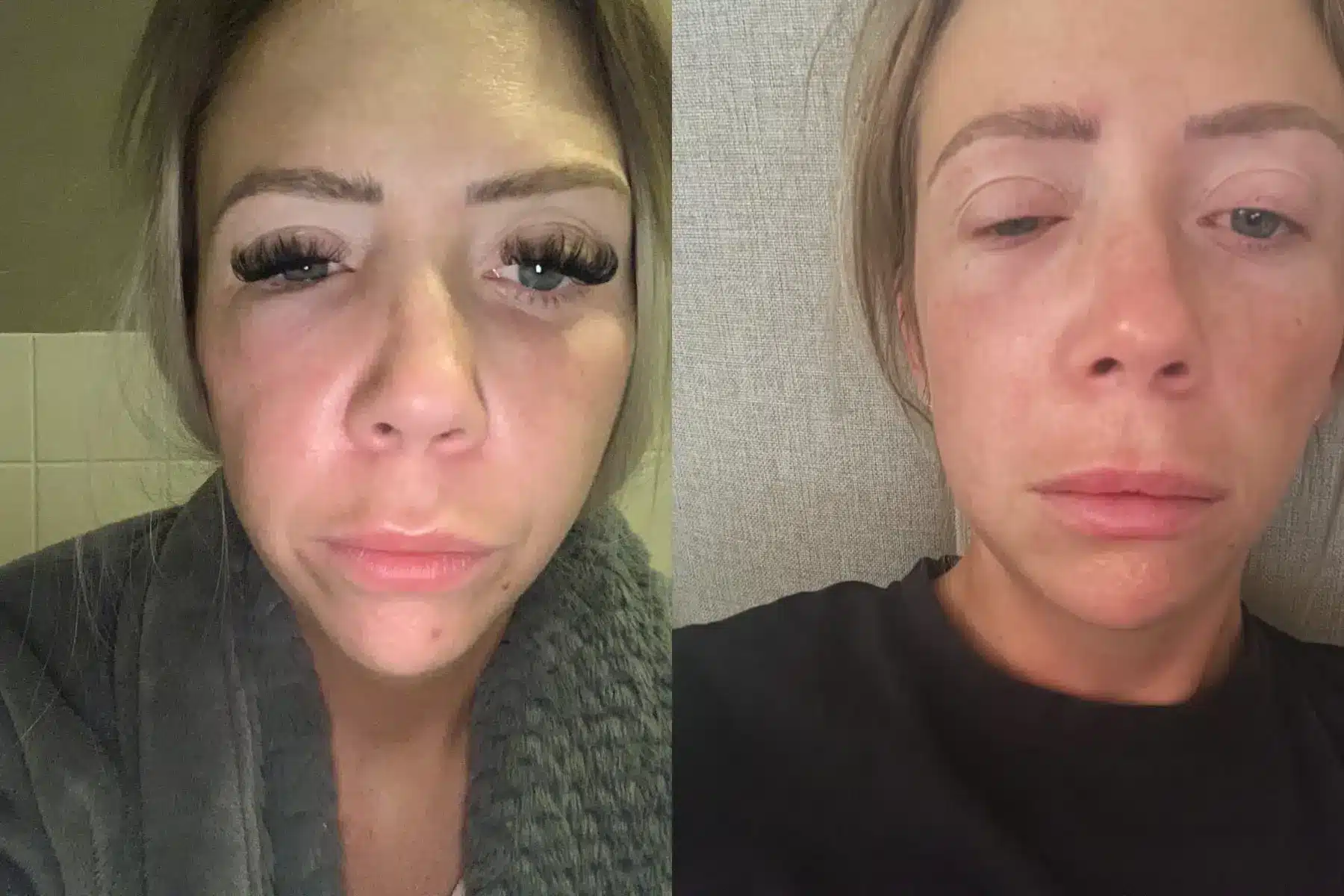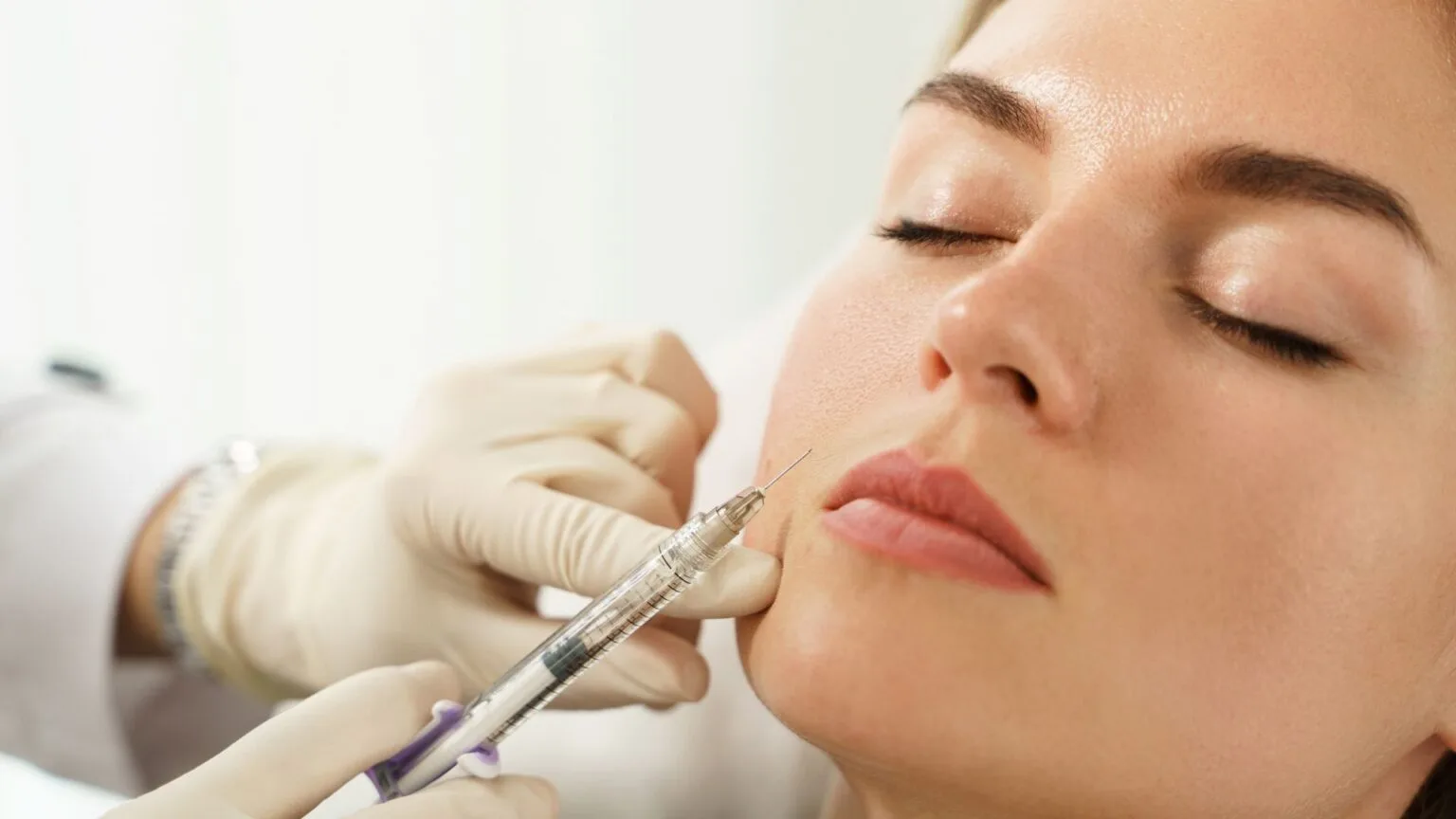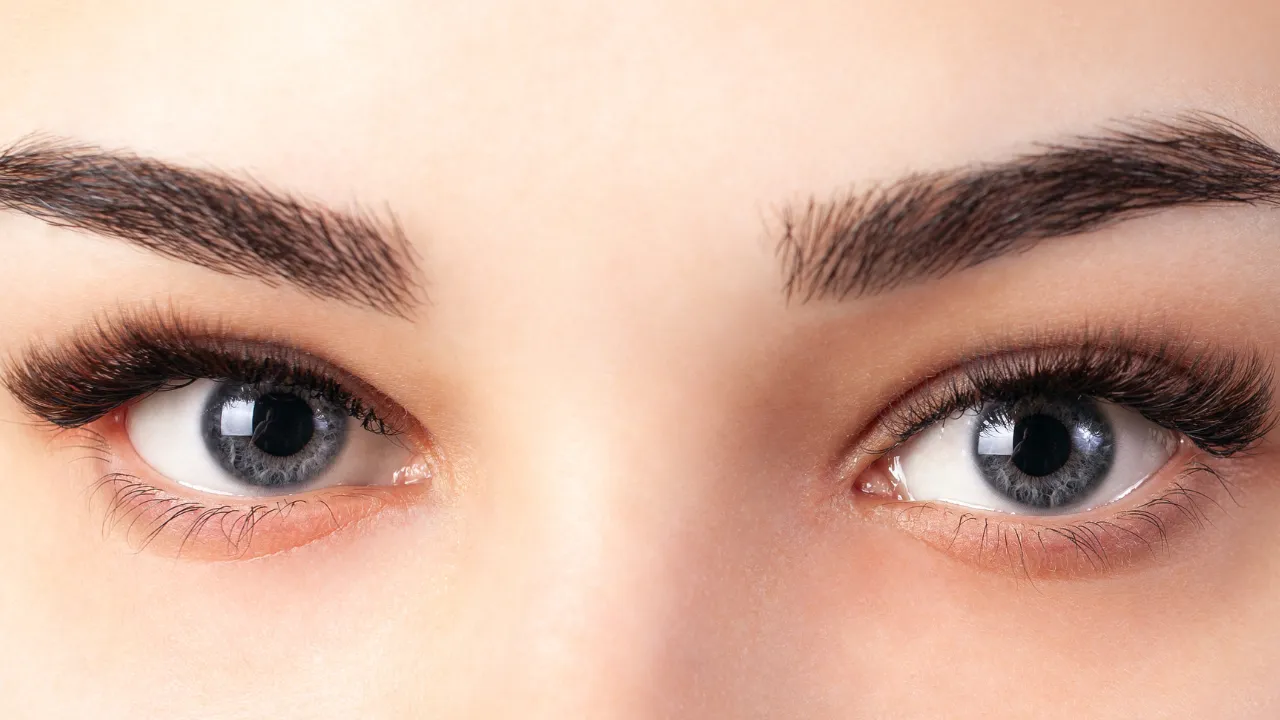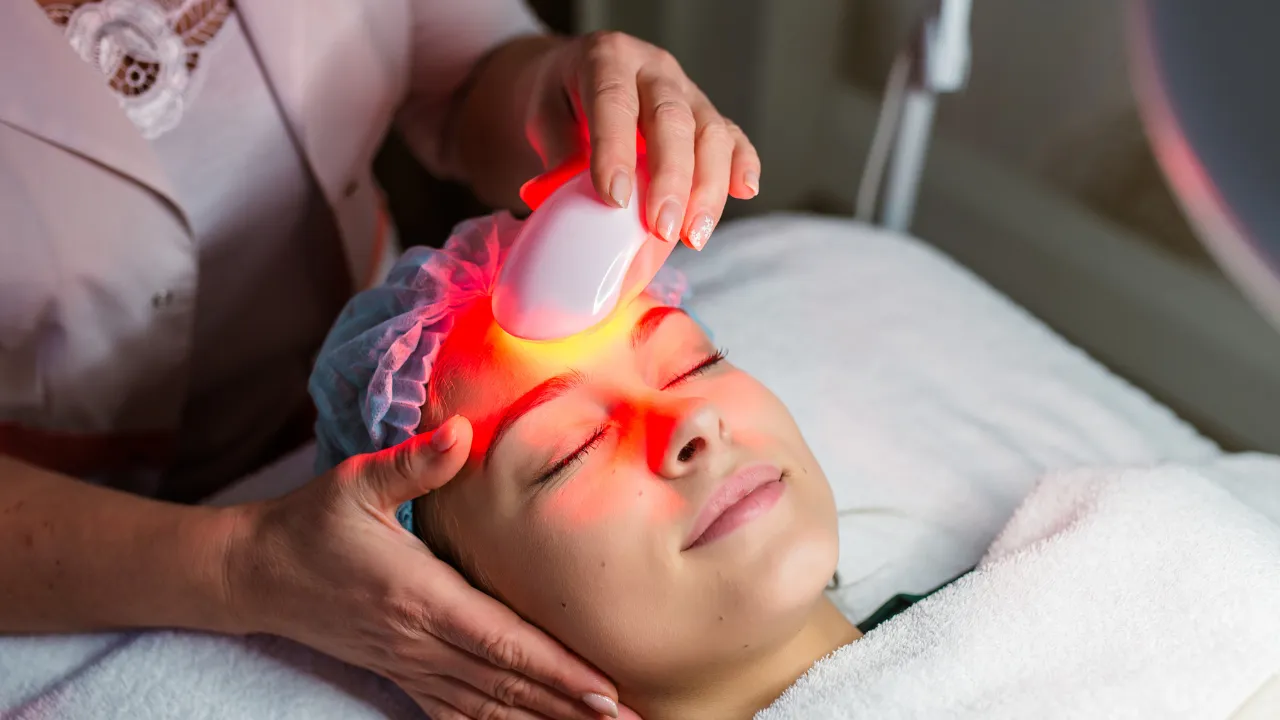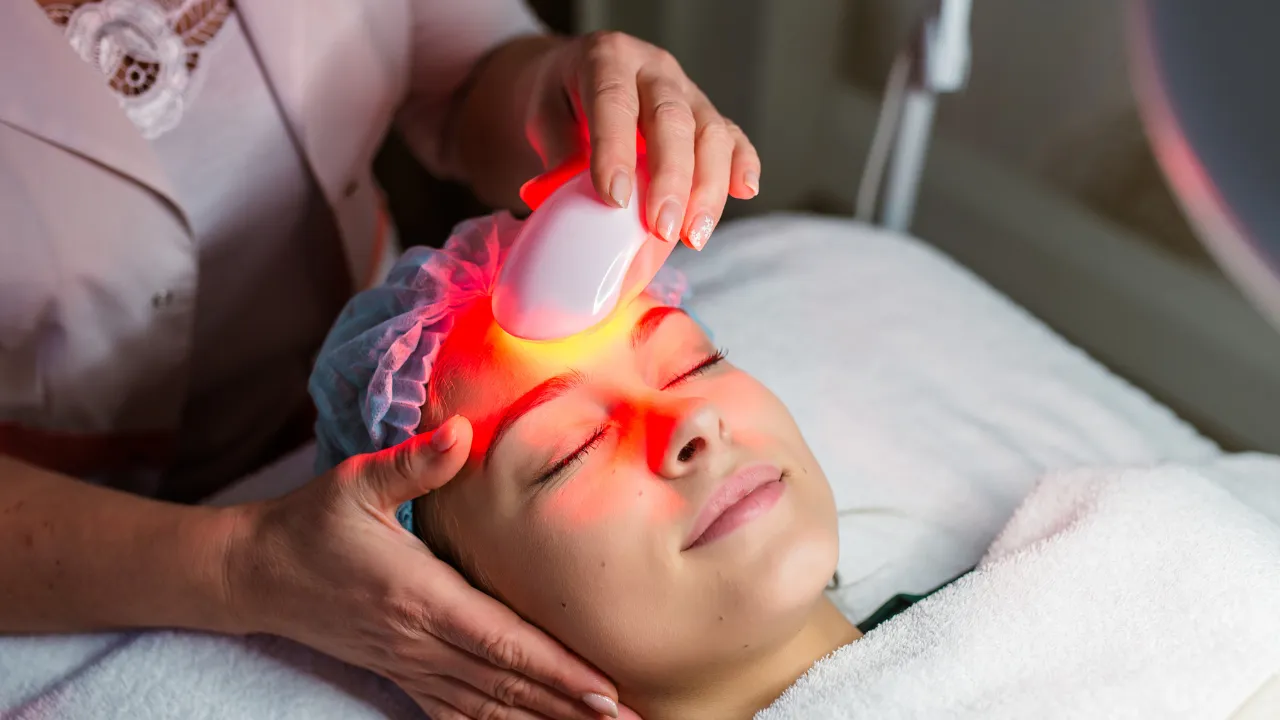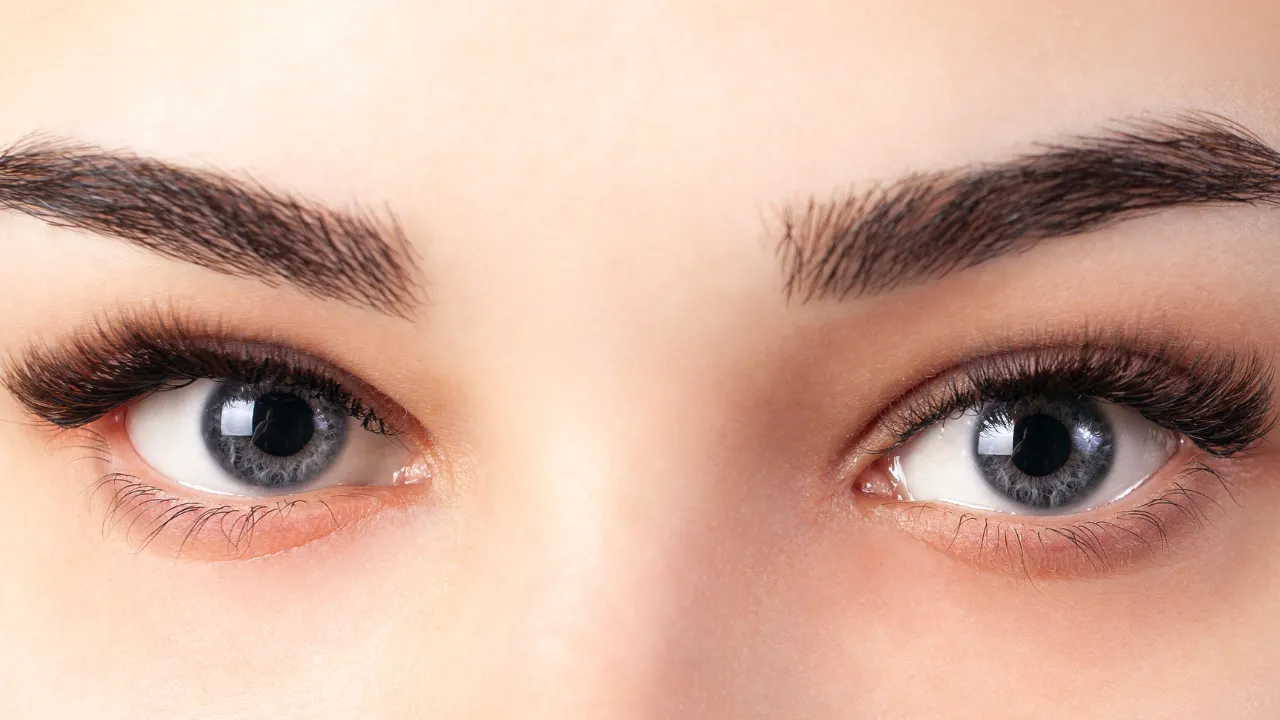When fillers go wrong in the face, patients may experience swelling, lumps, or uneven texture. In more serious cases, issues such as filler migration or vascular occlusion can occur when the filler blocks blood flow to the soft tissue.
These problems often arise when the filler is injected incorrectly or by someone without the right training.
In “Face Fillers Gone Wrong: How to Fix Bad Face Fillers,” patients learn that prompt care from a qualified medical professional, such as Dr. Joel Kopelman, is crucial to safely correcting these complications and achieving natural-looking results.
At Kopelman Aesthetic Surgery in New York City, Dr. Joel Kopelman draws on over 35 years of experience as a facial plastic and oculoplastic surgeon to help patients safely resolve filler complications. His focus is on precision, balance, and restoring confidence through natural-looking outcomes.
Table of Contents
ToggleKey Takeaways
- Most filler complications result from poor technique or improper placement in the face.
- Early signs such as swelling, lumps, or discoloration should be checked promptly by a medical professional.
- Hyaluronic acid fillers can be safely dissolved with hyaluronidase when treated by an expert like Dr. Joel Kopelman.
- Choosing licensed injectors and approved products lowers the risk of vascular occlusion and uneven results.
- Professional correction and aftercare restore balance, circulation, and natural facial structure.
What Can Go Wrong With Face Fillers
Common Causes and Complications
In the aesthetic industry, dermal fillers are used to smooth wrinkles and add volume to the cheeks, lips, and under-eye areas. But when the filler is injected too deeply, unevenly, or in the wrong area, complications can develop.
Common causes of cosmetic face fillers gone wrong include poor technique, excessive product use, or lack of anatomical knowledge.
Sometimes the filler spreads or hardens in the treated area, creating visible lumps. Allergic reactions or infection can also occur if sterile procedures aren’t followed.
Dermal fillers use substances like hyaluronic acid (HA) to add structure beneath the skin. If filler enters a blood vessel, vascular occlusion can occur, cutting off circulation to nearby soft tissue and causing pain or skin damage. Recognizing these warning signs early is critical to preventing long-term problems.
Common complications include:
- Overfilled or uneven results.
- Allergic reaction or infection at the injection site.
- Filler migration after treatment.
- Vascular occlusion leading to tissue damage or discoloration.
Temporary vs. Permanent Fillers – Risk Differences
Temporary fillers can be safely dissolved, while permanent fillers pose higher risks if something goes wrong. Reversible hyaluronic acid HA fillers are often preferred for safer, more predictable results.
How Filler Dissolving Works – Step by Step
Fixing fillers gone wrong in the face often involves dissolving them with hyaluronidase. The process is straightforward when performed by a skilled injector:
- Assessment: The surgeon identifies the filler type and checks the affected area.
- Preparation: A numbing cream may be applied for comfort.
- Injection: Hyaluronidase is used to dissolve misplaced filler.
- Observation: The area is monitored for swelling and improved color.
- Follow-Up: The doctor ensures that the correction is complete.
When the filler is injected by a trained professional, these risks are minimized.
Recognizing Bad Face Fillers
What Bad Fillers Look Like
Bad fillers can create swelling, hardness, or uneven skin texture. In some cases, a bluish tint called the Tyndall effect appears when filler sits too close to the skin’s surface.
Face Fillers Gone Wrong Pictures and Before/After Examples
Face fillers gone wrong often result in uneven cheeks, puffy lips, or under-eye swelling. On social media, many people share their experiences to help others spot warning signs such as redness, tightness, or skin changes.
Cheek, Lip, and Under-Eye Filler Problems and Warning Signs
Cheek filler issues can make the face appear puffy or distorted, while lip filler complications can cause overfilling or stiffness. Filler problems under the eyes often lead to puffiness or shadows. For those interested in safer correction, cheek fillers to help reduce under-eye bags may be an option under professional guidance.
If the skin turns pale or painful after a filler injection, it could indicate vascular occlusion or migration. For more insight into risks, patients should read about under-eye fillers and their side effects and seek immediate help from a medical professional.
Filler Warning Signs Checklist
Patients should look out for these warning signs:
- Lumps that persist for more than 2 weeks.
- Skin turning red, white, or purple.
- Burning or pain in the treated area.
- Swelling that continues to worsen.
- Vision changes after injections.
Quick medical attention can prevent serious outcomes and restore skin health.
Why Many People Are Dissolving Fillers
The Trend Toward Natural Results
Many people are dissolving fillers for a more natural look. The aesthetic industry has shifted away from overfilled styles once popular on social media. Today, patients prefer subtle enhancements that highlight natural facial features.
When Dissolving Fillers Causes New Problems
Dissolving filler with hyaluronidase is usually safe when handled by a qualified medical professional. If done incorrectly, however, it can remove too much product, resulting in temporary hollowness or an uneven texture. These effects are usually mild and resolve with follow-up care.

Safe and Effective Options for Removal and Correction
Dr. Kopelman creates customized treatment plans that take into account filler type, placement, and tissue health. This ensures balanced, natural-looking results while maintaining the integrity of the surrounding soft tissue.
Can Your Face Return to Normal?
Typical Recovery Timeline
Most patients’ faces return to normal after fillers gone wrong in the face are corrected. With proper care, swelling and discoloration fade, and skin texture improves.
Recovery depends on the filler type, injection site, and time since injection. For example, under-eye fillers typically last a specific duration before needing touch-ups – knowing this helps patients manage expectations.
Repairing Skin and Restoring Balance
For hyaluronic acid HA fillers, results improve within days of treatment. Mild redness or swelling may occur but fades quickly. Complicated cases involving vascular occlusion may require multiple sessions to fully restore blood flow.
Dr. Kopelman may recommend skincare or laser treatments to support healing and maintain collagen. Most patients recover natural, smooth facial contours with his guidance.
When to See a Board-Certified Facial Plastic Surgeon
If pain, discoloration, or firmness develops, see a board-certified facial plastic surgeon right away. Early treatment prevents long-term problems and helps restore circulation in the affected soft tissue.
Preventing Future Filler Problems
Choosing Qualified Injectors and Safe Products
The best way to avoid cosmetic face fillers gone wrong is by choosing an experienced medical professional who understands facial anatomy. A skilled injector ensures the filler is injected to the correct depth to avoid complications such as vascular occlusion.
Before booking treatment, patients can learn about facial filler options and what makes them safe and effective, enabling informed choices.
FDA and Medical Guidelines for Filler Safety
The FDA and the American Society of Plastic Surgeons recommend:
- Choose only licensed providers trained in filler procedures.
- Use FDA-approved products for your treatment area.
- Discuss potential common side effects beforehand.
- Avoid filler procedures in non-medical settings.
These steps protect patients and ensure safer, more predictable results.
Aftercare and Follow-Up to Protect Results
After filler treatment, avoid touching or massaging the area unless instructed. Watch for redness or swelling and return for follow-ups. Good communication with your medical professional ensures long-lasting, safe results.
Professional Correction and Expert Care
How Dr. Joel Kopelman Corrects Filler Complications
When fillers go wrong, professional correction is essential. At Kopelman Aesthetic Surgery, Dr. Joel Kopelman restores natural balance and structure using precise, medically sound techniques.
About Dr. Joel Kopelman’s Credentials
Dr. Kopelman is board-certified in ophthalmic plastic and facial cosmetic surgery. He has taught at major medical institutions and is known for his advanced work in facial rejuvenation. His expertise enables him to safely and effectively correct complex filler complications.
Benefits of Expert Facial Plastic and Oculoplastic Care
Treatment may involve dissolving misplaced filler, treating inflammation, or improving circulation in affected soft tissue. His extensive experience covers both short-term and long-term complications, including permanent fillers and vascular occlusion.
Dr. Kopelman’s correction process includes:
- Assessing filler placement and product type.
- Safely dissolving filler using precise enzyme concentration.
- Monitoring soft tissue recovery and blood flow.
- Developing a plan for natural, long-term results.
Patients trust Dr. Kopelman for his accuracy, safety, and patient-centered care.
Expert Insight from Dr. Joel Kopelman
When fillers go wrong in the face, it can cause discomfort, swelling, or visible irregularities. But with the right care from a skilled medical professional like Dr. Joel Kopelman, these issues can be corrected safely and effectively.
Understanding the risks – especially complications like vascular occlusion – helps patients make informed, confident decisions about their treatments.
At Kopelman Aesthetic Surgery, every procedure is performed with precision and medical expertise. Whether correcting bad fillers or helping patients achieve balanced, natural results, Dr. Joel Kopelman provides expert guidance and care so every face looks healthy, natural, and restored.
If you’re experiencing filler complications or want expert advice on safe correction, schedule a private consultation with Dr. Joel Kopelman to discuss the best treatment options for your face and goals.

